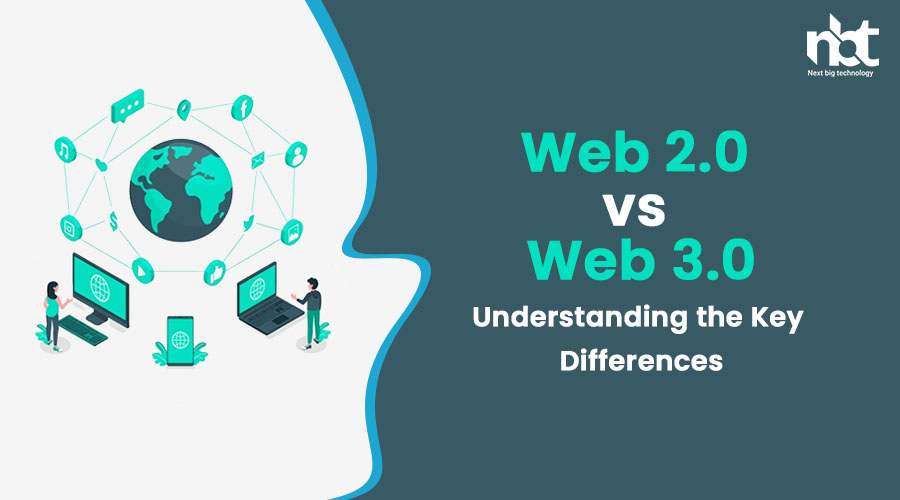Introduction: The evolution of the internet has brought about significant changes in the way we interact with websites and online content. Two major phases, Web 2.0 and Web 3.0, have revolutionized the internet landscape. In this blog, we will explore the key differences between Web 2.0 and Web 3.0, focusing on their characteristics, technologies, and user experiences. Understanding these distinctions will provide insights into the evolution of the internet and its impact on our digital lives.
Web 2.0: Web 2.0 refers to the second generation of the internet, characterized by the shift from static websites to interactive platforms that emphasize user-generated content and collaboration. Key features and characteristics of Web 2.0 include:
- User-Generated Content: Web 2.0 platforms enable users to create and share content, fostering user participation and collaboration. Examples include social media platforms (Facebook, Twitter), video-sharing platforms (YouTube), and blogging platforms (WordPress, Blogger).
- Social Interaction: Web 2.0 emphasizes social interaction, enabling users to connect, communicate, and share information with others. It facilitates the formation of online communities and networks.
- Collective Intelligence: Web 2.0 harnesses the collective intelligence of users, allowing them to contribute their knowledge, opinions, and experiences. This collective wisdom enhances the quality and relevance of content.
- Rich User Experience: Web 2.0 platforms offer rich user experiences with dynamic and interactive elements such as multimedia content, AJAX-based interfaces, and intuitive user interfaces.
- Personalization: Web 2.0 platforms provide personalized experiences by offering content recommendations based on user preferences, behavior, and social connections.
- Mobile Compatibility: Web 2.0 platforms are designed to be accessible and usable on mobile devices, allowing users to access and interact with content on the go.
Web 3.0: Web 3.0, also known as the Semantic Web or the Intelligent Web, represents the next phase of the internet that focuses on machine-readable content and advanced technologies. Key features and characteristics of Web 3.0 include:
- Machine-Readable Data: Web 3.0 emphasizes structured and linked data that can be easily understood and processed by machines. This enables more intelligent search capabilities and automated data analysis.
- Artificial Intelligence (AI): Web 3.0 incorporates AI technologies to provide personalized and context-aware experiences. AI algorithms analyze user data and behavior to deliver more relevant and tailored content.
- Internet of Things (IoT): Web 3.0 integrates with IoT devices, allowing them to communicate and share data seamlessly. This enables smart homes, connected devices, and real-time data exchange.
- Decentralization: Web 3.0 moves away from centralized control, utilizing decentralized technologies like blockchain to enhance security, privacy, and data ownership.
- Virtual and Augmented Reality (VR/AR): Web 3.0 incorporates VR/AR technologies, creating immersive and interactive experiences. It enables virtual shopping, virtual tours, and augmented information overlays.
- Enhanced Connectivity: Web 3.0 focuses on improved connectivity and interoperability between different platforms and devices. It enables seamless data exchange and integration across various services.
- Intelligent Automation: Web 3.0 leverages automation and intelligent algorithms to streamline processes and enhance efficiency. This includes automated data analysis, smart recommendations, and predictive analytics.
Conclusion: Web 2.0 and Web 3.0 represent two distinct phases in the evolution of the internet. While Web 2.0 emphasized user-generated content, social interaction, and collaboration, Web 3.0 focuses on machine-readable data, advanced technologies like AI and IoT, and enhanced connectivity. Web 3.0 aims to create more personalized, intelligent, and immersive experiences for users. As technology continues to evolve, we can expect further advancements in the internet landscape, shaping the way we interact, communicate, and access information in the future.

















